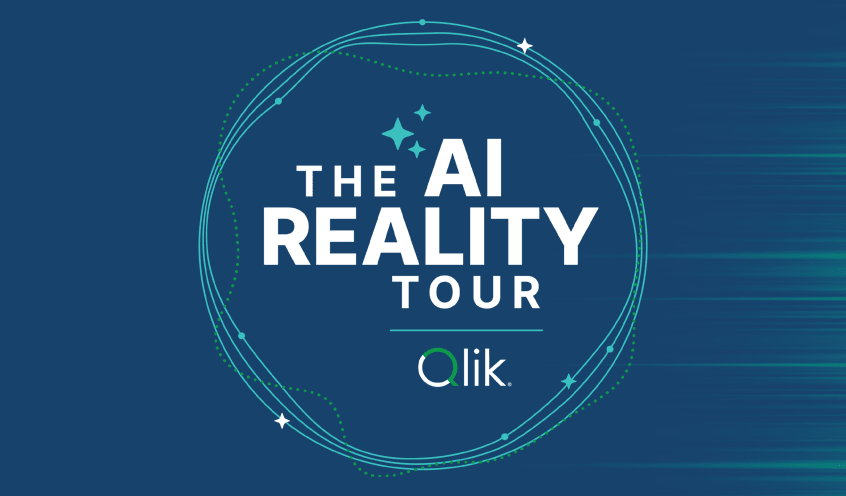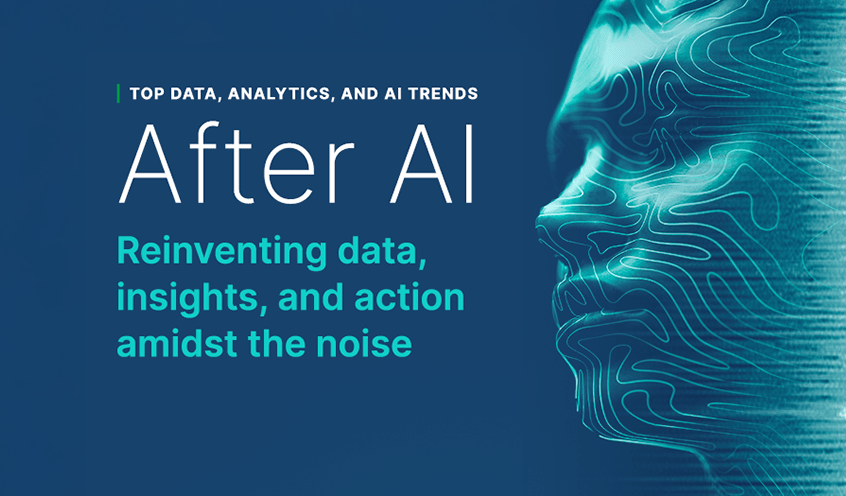Most enterprises that have embarked on their digital business journey have quickly realized that data is the foundation of every digital business. No successful digital business has succeeded without a data strategy. So, when I joined Joe DosSantos, Chief Data Officer at Qlik, on the Data Brilliant podcast, we discussed how data has been democratized, why certain organizations have succeeded with digital transformation, and what factors are required to build the culture for success.
Digital Giants Have Mastered Digital Transformation
As Joe and I found, you can’t talk about successful data strategies without talking about the top digital giants, namely Facebook (Meta), Apple, Amazon, Netflix, and Google (Alphabet). In 2017 their combined market cap exceeded $2 trillion. Fast forward five years later the combined market cap quintupled to almost over $10 trillion in the early weeks of January 2022. Never before have companies grown market cap so quickly and at this exponential rate. Why is that? As Joe and I explored, successful digital giants exhibit five qualities:
Build the largest network. Digital giants amass large networks of users, devices, and nodes. Successful digital giants aim for 50 million to start and 100 million to scale.
Compete for data supremacy. Data is the most important asset of digital businesses. They not only accumulate data, they put data into action by taking a data to decisions approach.
Disintermediate customer account control. Success requires the aggregation of customers. Digital giants bring ease of use and transform their partners’ customers into theirs.
Deploy digital monetization. Ads, search, goods, services, memberships and subscriptions provide the six ways to make money in the digital world. Digital giants use data to improve data monetization.
Invest for the long-term future. Successful companies invest 10 times their competition on technology, infrastructure, and talent. The goal – play the long game and create a 10x advantage.
Decision Velocity Separates the Winners and Losers
And it’s the context that is crucial here. That could be applying contextual relevance to actions using attributes such as weather, time, location, business process, relationship, sentiment, and other relevant attributes. Organizations that capture these insights using analytics, automation, and AI can build a business graph at scale and use data driven digital networks (DDDNs) to achieve data brilliance. The goal here is to put data to use, not to let it die in a repository. Data decay is deadly.
Privacy Is Not Dead – It’s What We Make of It
As Joe and I discussed, as organizations collect more and more data on all of us, there continues to be a fine line between useful and creepy. Joe rightly asked me how organizations can avoid moving into the ‘creepy’ zone and I believe we should have ethical AI principles and we can improve these ethics with five pillars:
Transparency. Algorithms, attributes, and correlations should be open to inspection for all participants.
Explainability. Humans should be able to understand how AI systems come to their contextual decisions.
Reversibility. Organizations must be able to reverse the learnings and adjust as needed.
Trainability. AI systems must have the ability to learn from humans and other systems.
Human-led approach. All decisions should begin and end with human decision points.
The Bottom Line: Data Drives The Great Refactoring
In this time in which individuals, organizations, and governments reassess their priorities and technologies to advance what an individual can achieve, a great refactoring of our plans has arrived. As the world moves to a data driven approach, expect these capacities to power the next advancements for enterprises and organizations ready to take data to the next level.
According to @rwang0, future business winners will be those that can make accurate decisions with speed. And, for them, #ActiveIntelligence is the future. Listen to his conversation with @JoeDosSantos on #DataBrilliant now
In this article:
Analytics













































